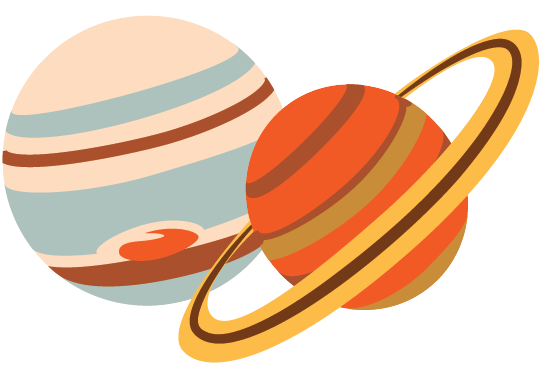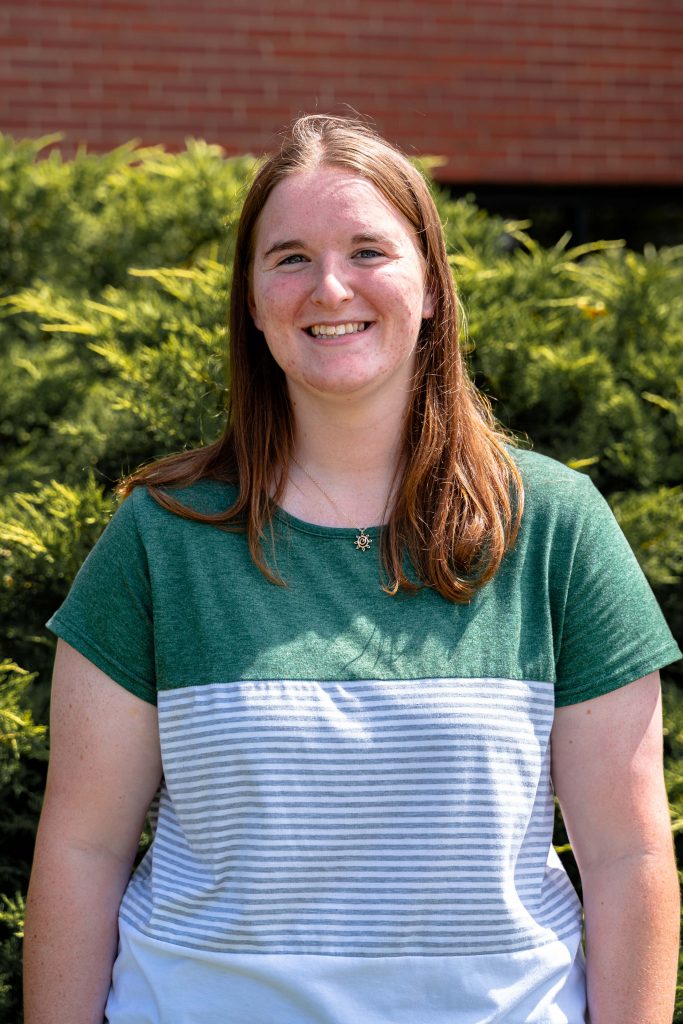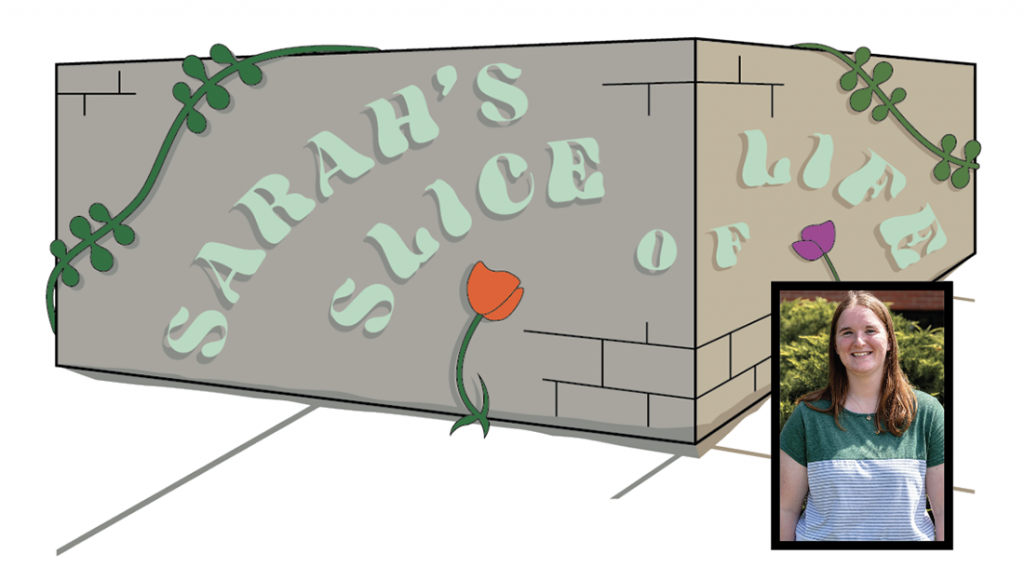It was 800 years in the making, and I had nothing on but a T-shirt, sweatpants and a pair of tennis shoes.
I stood at the edge of the sidewalk in front of my house on a bitterly cold December evening, facing a thin line of trees by the gravel driveway. Every time I breathed, the air would cloud white, but I stood there, shivering and suffering, to catch just one glimpse of the astronomy event of the year — the Great Conjunction.
On Dec. 21, 2020, the bright planets Jupiter and Saturn came together to form one giant, vibrant “Christmas Star.” The planets align once every 20 years, but it had been nearly 400 years since they came so close together and nearly 800 years since the alignment occurred at night.
And nearly eight centuries later, I stood shivering on the sidewalk, waiting for the planets to rise higher in the sky and clear the trees. When they did, they looked like two pieces of salt converging on a black tablecloth, only two bright smudges of white against the dark blue skyline.
Some people might have been disappointed with the display. After all, the Great Conjunction only meant seeing two little pinpricks of light almost touch. In fact, the convergence itself was only an illusion. Jupiter and Saturn remained hundreds of millions of miles apart in space.
But for me, seeing those two gas giants only inches apart in the sky was worth every minute spent in the cold. I stood there and shivered, watching the lights, grateful and awed.

Outer space often has that effect, even on a normal night. It doesn’t take a “great conjunction” to inspire gratitude for this part of God’s creation. The constellations, free from light pollution to spread across the sky, do that on their own.
We’ve all probably experienced a sudden rush of amazement when looking up at the stars, finding the shape of a constellation or trying to count the craters on a full moon. This is without realizing how vast space really is, without knowing how many billions of galaxies and star clusters there are lying beyond our telescopes’ reach.
Don’t let me get started on the wonders of black holes, on the poetic importance of aphelion and perihelion or on the significance of the James Webb Space Telescope’s first direct image of an exoplanet snapped Sept. 1, 2022. Not when the simplest movement of tilting your head up at the night sky can take your breath away.
There are not many things more ordinary than this — or more profound. The stars, the faint glimmers of the planets and the distant clouds of nebulae we see only scratch the surface of the universe. It spurs a sense of wonder, of something far beyond and far greater than us here on earth.
Who knew that the way to experience something so profound could be as simple as looking up? That something so complex and vast could exist in our lives, just one movement away?
Of course, like most ordinary things, outer space is only there if you look, and you don’t need to understand the spacetime theories behind black holes to do so. These moments often carry something deeper, leading to a sense of humble awe and gratitude.
Don’t miss the stars or take them for granted just because we see them every night. Don’t let the moonlight slip through your window unnoticed, and don’t miss seeing the Big Dipper climb into the northeast sky at nightfall just because it does so every evening.
Not every night will be as spectacular as the night two planets converged in our line of sight only a few days before Christmas. But on the other hand, you don’t have to wait 800 years to look up either.
There’s always tonight, displaying a sky full of stars, planets and maybe even a moon — the gate to a vast universe millions of billions of light-years away.
Tate is the Editor-in-Chief for the Liberty Champion. Follow her on Twitter

